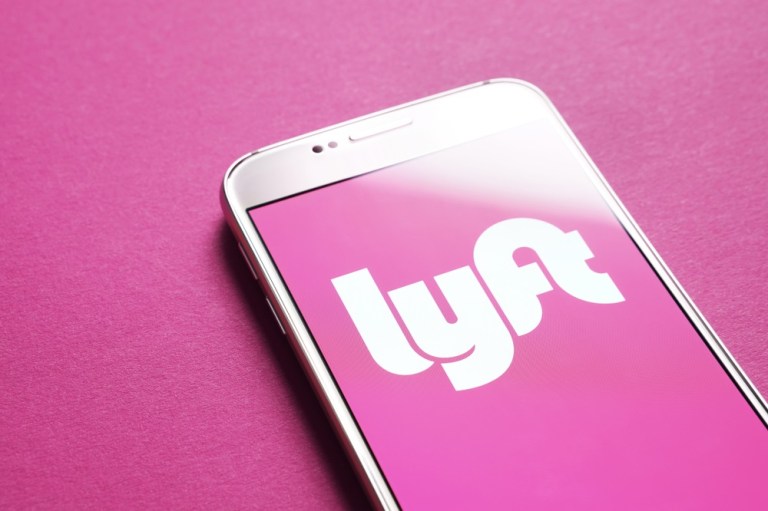
Lyft is set to launch the investor road show for its initial public offering on Monday (March 18) in which it’s aiming to get a valuation of between $21 billion and $23 billion.
Citing people familiar with the matter, The Wall Street Journal reported over the weekend that the shares are expected to be in a range of $62 to $68, although that may change by the time the shares are trading. The Wall Street Journal said that should happen at the end of next week. The valuation includes the $2 billion Lyft is aiming to raise via the initial public offering. The final price of the IPO will be set once investor feedback is in from the road show, noted The Wall Street Journal. The company and its underwriters will set a final IPO price based on feedback from investors in the road show.
Meanwhile, Reuters reported the company aims to trade on the Nasdaq Stock Market with the symbol LYFT by the end of this month. Citing sources, Reuters reported Lyft will be presenting itself to investors as a better bet on ride-hailing — as opposed to its chief rival Uber, which has branched out into areas such as food delivery and freight hauling.
Uber is reportedly planning to launch its IPO in April, issuing its required public disclosure next month before starting its own investor road show. Uber is seeking a valuation as high as $120 billion, although some analysts have said it will be closer to $100 billion.
Neither Uber nor Lyft are profitable. Lyft’s IPO papers showed that the company earned $2.16 billion in 2018, an increase from $1.06 billion generated in the previous year. However, it also saw its net loss grow to $911.3 million in 2018 from $688.3 million in 2017.
The sources said that Lyft’s IPO will give the company a funding boost, as well as help finance investments in areas such as autonomous driving.
And as part of the IPO, Lyft is going to offer one-time cash bonuses to drivers, who can then use them to buy IPO shares if desired. The company is set to pay the bonuses to employees around March 19, with those who have logged at least 10,000 rides by Feb. 25 to be eligible for a $1,000 bonus, and those with 20,000 rides to receive a $10,000 bonus.
For its part, Uber’s revenue was $11.3 billion in 2018, while its gross bookings from rides were $50 billion. But the company lost $3.3 billion, excluding gains from the sale of its business units in Russia and Southeast Asia.